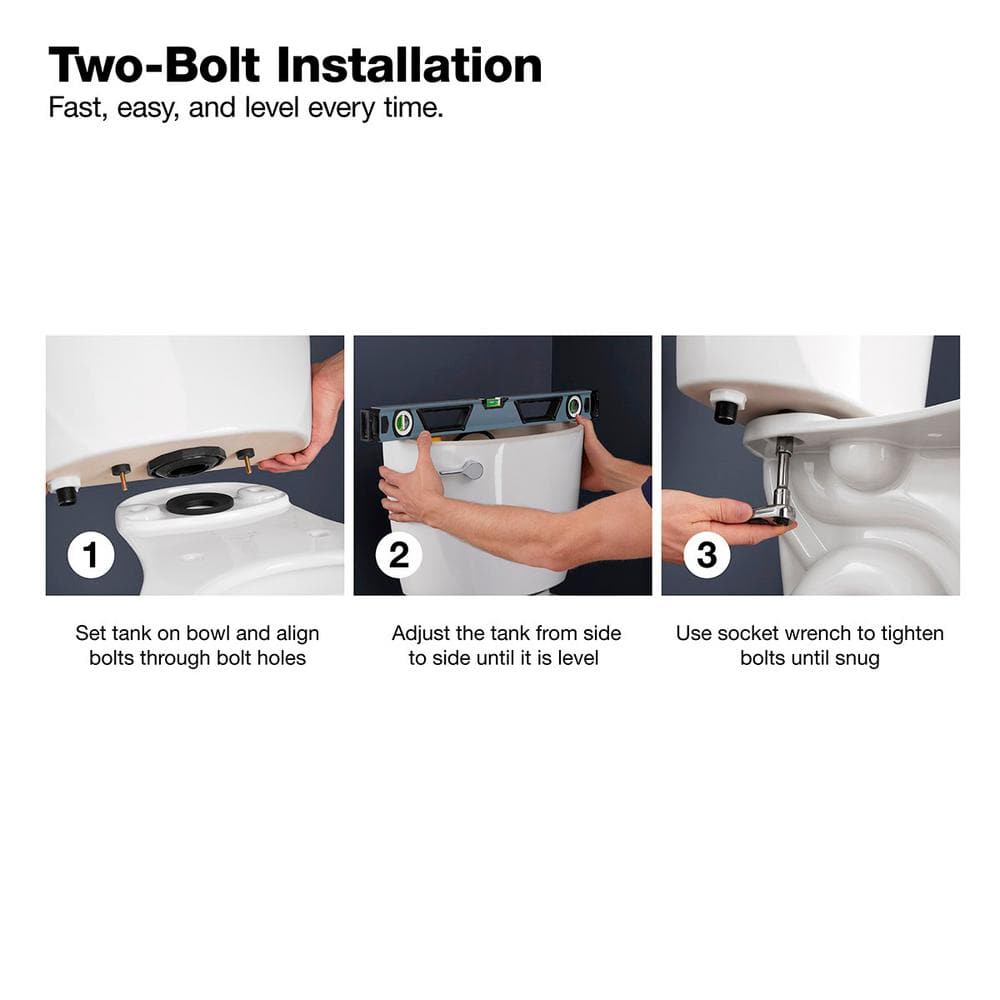Middle Managers: Bridging The Gap Between Leadership And Workforce

Table of Contents
Communication & Information Flow: The Backbone of Effective Middle Management
Middle managers act as the crucial link between leadership and the workforce, responsible for the smooth flow of information in both directions. They translate complex, high-level strategies from leadership into clear, actionable tasks for their teams. Equally important, they effectively relay employee feedback, concerns, and innovative ideas back to upper management. This bidirectional communication is the lifeblood of a successful organization. Without it, strategic initiatives can falter, employee morale can plummet, and the overall efficiency of the organization suffers.
Effective communication strategies are paramount for middle managers. This includes:
- Clear and consistent communication strategies: Employing consistent messaging across all channels ensures everyone is on the same page.
- Effective feedback mechanisms (upward, downward, lateral): Establishing open channels for feedback allows for continuous improvement and issue resolution. Upward communication ensures leadership is informed, downward communication keeps teams aligned, and lateral communication fosters collaboration.
- Utilizing various communication channels (meetings, emails, one-on-ones): Choosing the right channel for the right message ensures clarity and avoids information overload.
- Active listening and understanding employee concerns: Middle managers must be adept at listening empathetically and addressing employee concerns promptly and fairly.
Mastering these aspects of communication ensures a smooth information flow, fostering a more productive and engaged workforce.
Team Management & Motivation: Fostering a Productive Work Environment
Building a high-performing team is a core responsibility of middle managers. This goes beyond simply assigning tasks; it involves fostering a positive, motivating work environment where individuals feel valued and empowered. Motivated employees are more productive, creative, and committed to achieving organizational goals.
Effective team management includes:
- Delegation and task assignment: Distributing tasks effectively, considering individual strengths and skillsets.
- Performance management and feedback: Regular performance reviews, constructive feedback, and goal setting are crucial for growth and development.
- Conflict resolution and team building activities: Addressing conflicts promptly and fostering a collaborative environment through team-building exercises.
- Recognizing and rewarding employee achievements: Acknowledging individual and team successes boosts morale and reinforces positive behavior.
- Mentoring and coaching team members: Providing guidance and support to help team members develop their skills and advance their careers.
By focusing on these key areas, middle managers can cultivate a strong, motivated, and high-performing team.
Strategic Execution & Problem Solving: Translating Vision into Reality
Middle managers are the linchpin for translating organizational vision into tangible results. They take high-level strategic initiatives and break them down into manageable action plans for their teams. They also play a critical role in identifying and resolving problems that may arise during implementation. This requires strong analytical skills, proactive problem-solving abilities, and the adaptability to adjust strategies as needed.
Successful strategic execution relies on:
- Understanding and interpreting organizational strategies: Clearly understanding the overall goals and objectives of the organization.
- Developing and implementing action plans: Creating detailed plans to achieve specific goals within the broader organizational strategy.
- Monitoring progress and identifying potential roadblocks: Regularly tracking progress and proactively addressing any challenges that arise.
- Problem-solving and decision-making at the team level: Effectively resolving issues and making timely decisions to keep projects on track.
- Adapting strategies to meet changing circumstances: Flexibility and adaptability are crucial in responding to unexpected challenges and market shifts.
Developing Middle Management Skills: Investing in Future Leaders
Investing in the development of middle managers is a crucial investment in the future of the organization. These individuals are not only responsible for current performance but also represent a pool of potential future leaders. Providing opportunities for growth and skill enhancement ensures they can continue to effectively bridge the gap between leadership and the workforce.
This investment can take many forms, including:
- Leadership training programs: Providing opportunities to hone leadership skills, such as strategic thinking, decision-making, and communication.
- Communication skills workshops: Improving their ability to communicate effectively across various channels and audiences.
- Mentorship opportunities: Pairing experienced leaders with aspiring middle managers to provide guidance and support.
- Access to professional development resources: Providing access to relevant books, articles, online courses, and conferences.
- Performance reviews focusing on leadership and management skills: Providing constructive feedback and identifying areas for improvement.
Strengthening Your Organization with Effective Middle Management
In conclusion, effective middle managers are essential for bridging the communication and execution gap between leadership and the workforce. Their roles encompass clear and consistent communication, skillful team management and motivation, successful strategic execution, and continuous skill development. By investing in your middle management teams – implementing comprehensive training programs, fostering open communication channels, and providing ample opportunities for growth – you directly strengthen your organization's foundation. Strengthen your middle management, improve team performance, bridge the communication gap, and invest in your middle managers to optimize organizational success.

Featured Posts
-
 Los Angeles Wildfires And The Disturbing Reality Of Disaster Gambling
Apr 26, 2025
Los Angeles Wildfires And The Disturbing Reality Of Disaster Gambling
Apr 26, 2025 -
 Blue Origins Rocket Launch Abruptly Halted By Subsystem Malfunction
Apr 26, 2025
Blue Origins Rocket Launch Abruptly Halted By Subsystem Malfunction
Apr 26, 2025 -
 February 26th Nyt Spelling Bee 360 Complete Solution Guide
Apr 26, 2025
February 26th Nyt Spelling Bee 360 Complete Solution Guide
Apr 26, 2025 -
 Ai Driven Podcast Creation Transforming Repetitive Documents Into Engaging Content
Apr 26, 2025
Ai Driven Podcast Creation Transforming Repetitive Documents Into Engaging Content
Apr 26, 2025 -
 Greenland Denmark Points Finger At Russia For Fabricated News Heightening Us Disputes
Apr 26, 2025
Greenland Denmark Points Finger At Russia For Fabricated News Heightening Us Disputes
Apr 26, 2025
